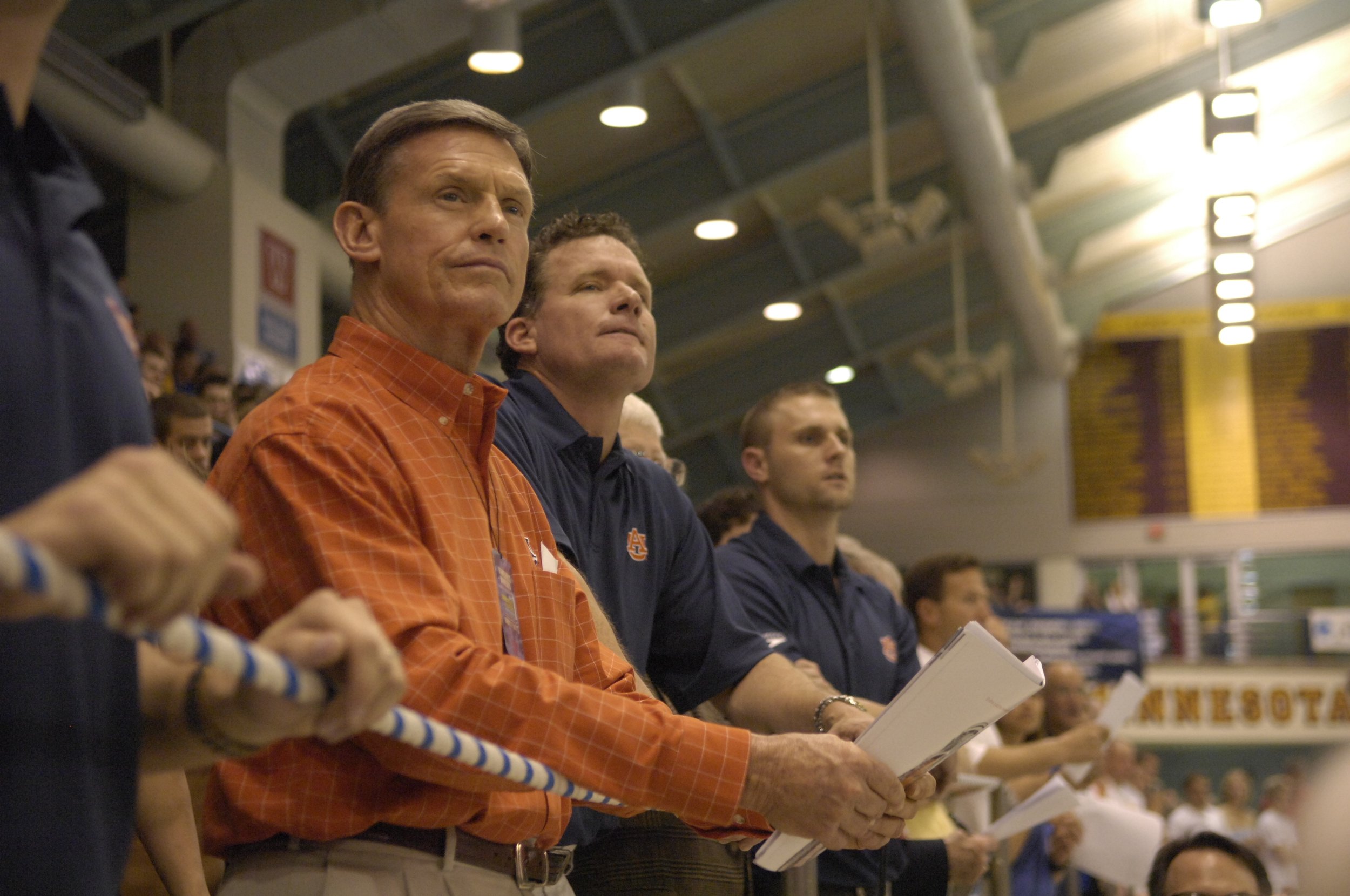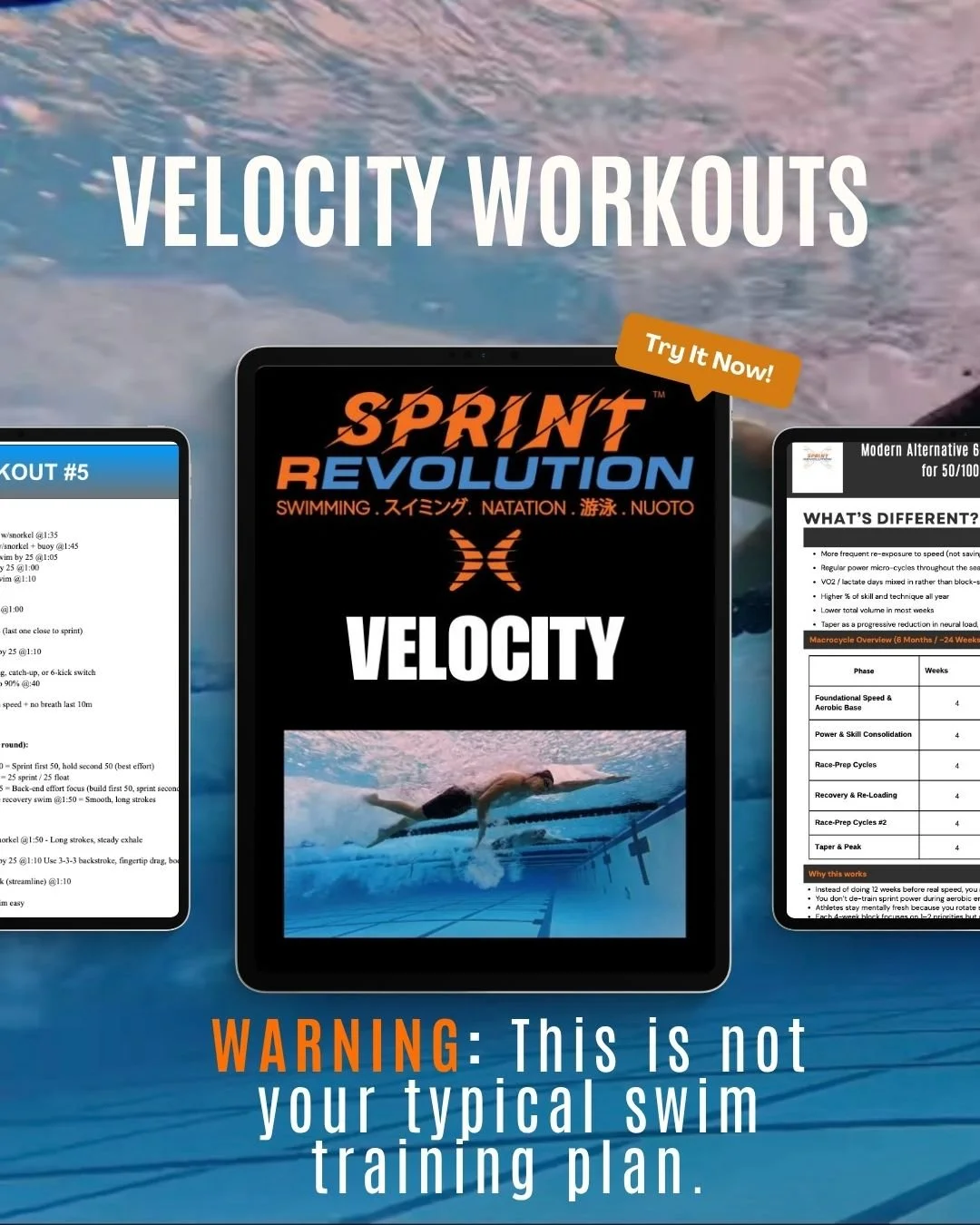Who Came Up With the 2 Hour Workouts for Swimmers?
You know the drill. Ask any swimmer anywhere in the world, “What does a normal practice look like?” They’ll all say the same thing. Two hours in the water. Warm up, main set, some pull, some kick, maybe a few sprints, then cool down. Two hours. That’s the gospel.
But here’s the real question. Who decided that two hours was the magic number?
Where Two Hours Really Came From
It wasn’t science. It was culture.
Back in the 60s and 70s, swimming was in an arms race. Coaches believed that whoever swam the most meters would win the most medals. Sessions got longer and longer. Six, seven, even eight thousand meters. And guess how long that took? About two hours.
So that became the model. Not because it was proven to be best, but because it was the time it took to log that kind of mileage. Once programs started winning medals with it, everyone copied it. Pools were booked in two hour blocks. College programs built around it. Nobody questioned it.
My Experience in the 90s and 2000s
That was the system I swam in. Late 90s, early 2000s. And as a sprinter, it nearly buried me.
Morning practice, two hours. Afternoon practice, another two. Over seventy thousand meters a week. The logic was simple. Grind harder, get tougher, swim faster.
And the buzzword back then? “Threshold.” Everything was about threshold pace. The idea was that if you could hold that pace forever, you’d become invincible.
I remember one winter in Australia, we were doing 30 x 100 holding threshold on short rest. Every single week, some version of that set. And if you missed the pace, you started over. It wasn’t about skill, it wasn’t about execution, it was about who could suffer the longest. I’d finish those sessions with nothing left, dragging myself out of the pool, and I’d think, “How is this preparing me to explode for 22 seconds?”
Another time, in the lead-up to trials, we hammered 8 x 400 pull and 20 x 200 threshold in the same week. I was shredded. I was so fit I could have swum a 10K open water race. But when I went to race the 50, my legs were dead. My body was conditioned for grind, not speed.
That’s what the two hour culture did. It built survivors. But it didn’t build sprinters.
The Shift: Coaching in 2006
The real turning point for me came when I stopped swimming and started coaching.
In 2006, David Marsh brought me onto his staff at Auburn. And for the first time, I was given real decision making power. Marsh looked me in the eye and said, “This is your sprint squad. You run it.”
That moment changed everything. I had lived the grind as an athlete. I had seen what it took out of sprinters. Now I had the chance to build something different.
Richard Quick reinforced it. He cared about details. He cared about quality. He’d say, “If the quality is gone, we’re done.” That was the opposite of what I grew up in. That was the foundation of a new way of thinking about sprint training.
The Science That Backed It
When I started digging into physiology, it matched exactly what I had lived.
The 50 free is around 20 to 22 seconds. That is pure ATP PC system. Max neural drive. Explosive mechanics. You don’t need two hours to train that.
The 100 free is 45 to 50 seconds. That is anaerobic power, lactate tolerance, holding mechanics under stress. Again, you don’t need endless mileage to train that.
And skill work? Motor learning happens best when you’re fresh. Practicing starts, turns, or breakouts after 6,000 meters is just rehearsing mistakes.
The body doesn’t adapt to a clock. It adapts to the stimulus. Intensity, rest ratios, precision. Those are the levers. Not whether you hit 119 minutes or 121.
Sprint Revolution
That’s why I built Sprint Revolution. Because the question isn’t “How do we fill two hours?” The question is “What does the event demand?”
Breaking Tradition
I know this isn’t easy. Parents still expect two hour practices. Clubs still book pools in those blocks. Administrators still measure value by minutes.
But the future of sprint swimming isn’t about who can last the longest in practice. It’s about who can be the fastest when it counts.
We need to ask ourselves:
Do we really need 10 x 200 pull, or would 6 x 50 Dive fast with perfect mechanics give us more?
Are we training the system that wins the race, or just filling time?
Are we chasing fatigue, or are we chasing speed?
The two hour workout was never science. It was just tradition. And tradition doesn’t win the 50 or 100. Precision does.
The Takeaway
When Marsh handed me the keys and said, “You decide.” That was the moment I realized we don’t have to accept tradition. We can rewrite it. That’s Sprint Revolution.
It’s not about who can survive the grind. It’s about who can be the fastest when it matters.
Find Sprint Revolution workouts here.




